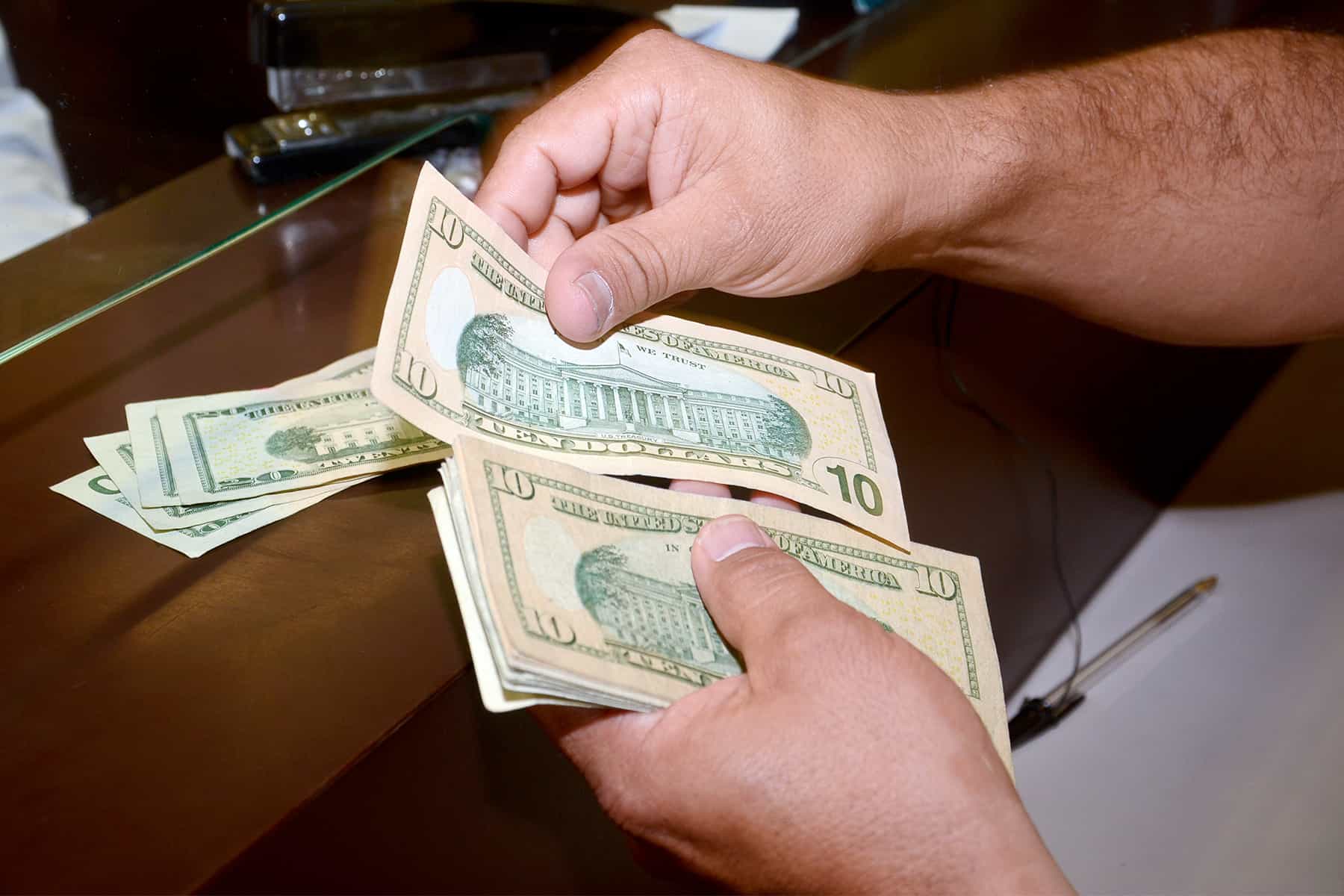
Ten of Costa Rica’s leading business chambers have sent a joint letter to the Central Bank calling for an immediate adjustment to the country’s monetary policy. They argue that the persistently low dollar exchange rate is damaging all sectors of the economy and driving up production costs.
Sergio Capon, president of the Costa Rican Chamber of Industries (CICR), said the current monetary stance is overly restrictive and stifling business growth. A recent survey cited by the chambers found the exchange rate to be the top concern among business leaders.
The chambers also warned of rising prices and overall cost increases that are eroding Costa Ricans’ purchasing power. Costa Rica now enters the second half of the year facing both external and internal pressures that could further impact its economy and the dollar exchange rate.
Global conflicts—such as the war in the Middle East—along with higher oil prices and the possibility of rising international interest rates, are all raising alarm. Adding to the uncertainty is a volatile U.S. trade policy, marked by shifting tariffs and disrupted trade flows.
“These are factors beyond our control that put pressure on inflation, affect the exchange rate, and could slow down foreign investment,” said Juan Bautista Monge, financial treasurer of Mucap.
The U.S. dollar currently trades between ¢500 and ¢508, but analysts say its trajectory will depend on several key factors in the months ahead: the financial system’s liquidity, remittances, export performance, and decisions from the Central Bank.
Danilo Montero, director of the Office of the Financial Consumer, noted that global instability continues to weigh on the local currency. “It’s difficult to predict the full impact, but these fluctuations will keep affecting the exchange market,” he said.
Monge warned that the colón could lose between 10 and 15 colones in value by year-end, largely due to a fall in foreign direct investment and the seasonal dip in tourism.
“We’ve already seen the dollar fall to its lowest international levels. Foreign investment is down by 25%, and free zone activity has dropped by 50%,” Monge added. “That means fewer dollars entering the economy and real consequences for growth.”
Despite a relatively stable exchange rate since December 2024, Monge said the apparent calm is misleading. “We’re seeing fewer dollars in circulation. If that trend continues, moderate devaluation pressure is likely.”
Meanwhile, the OECD forecasts a slowdown in Costa Rica’s GDP growth—from 4.3% in 2024 to 3.1% in both 2025 and 2026.
